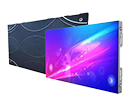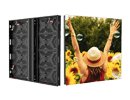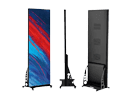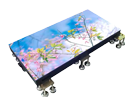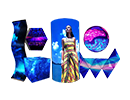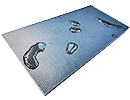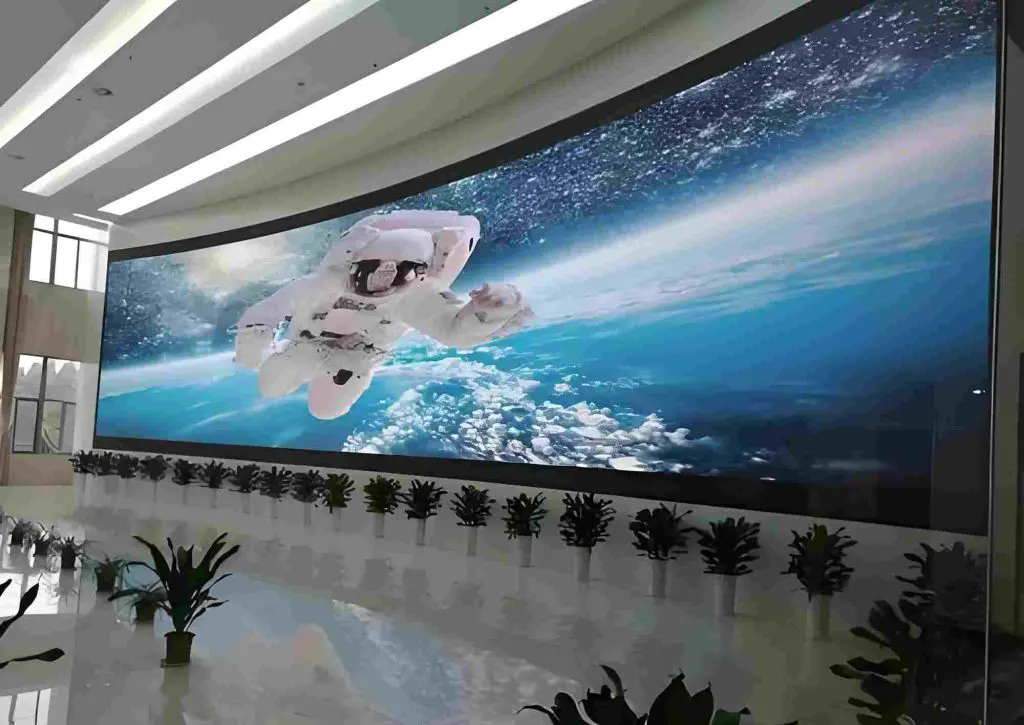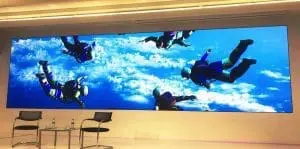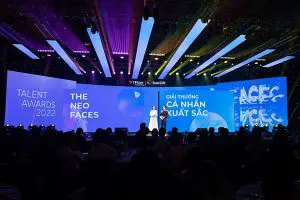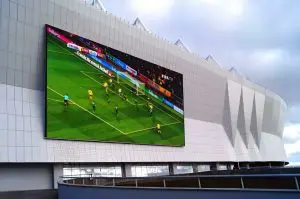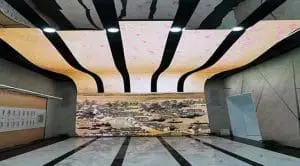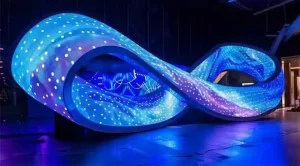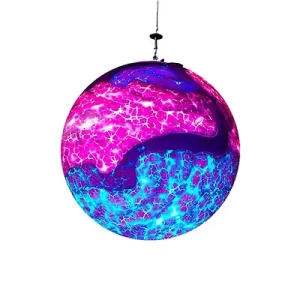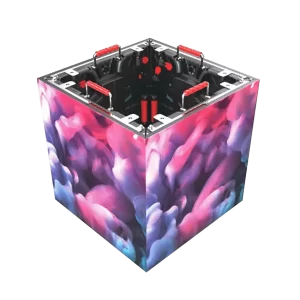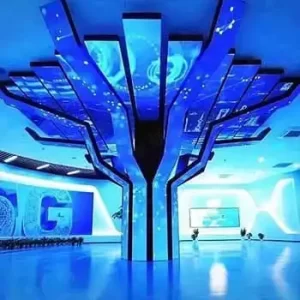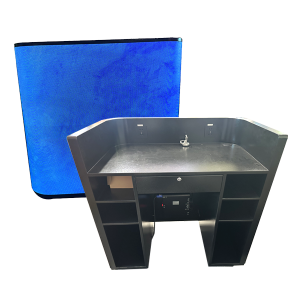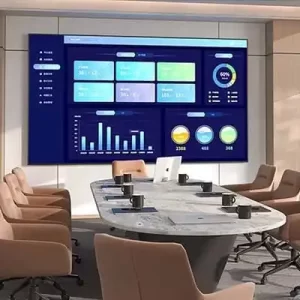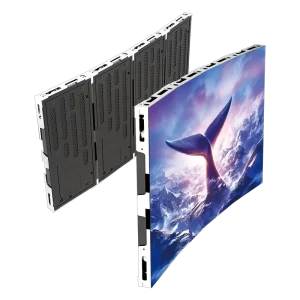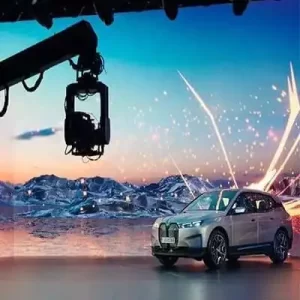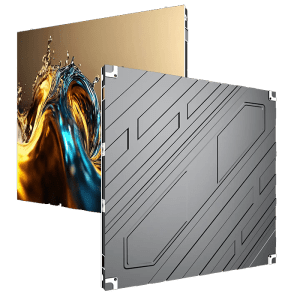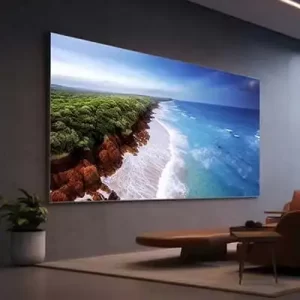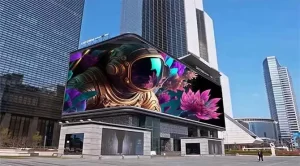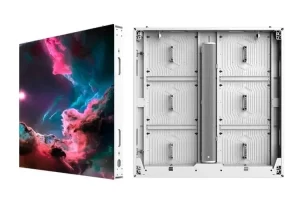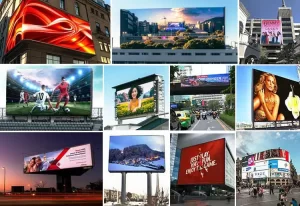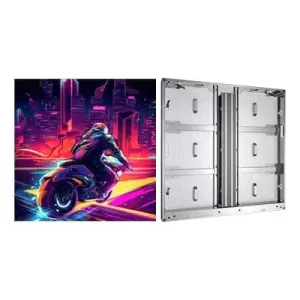Curved LED Screen: Comprehensive Guide to Features, Benefits, Applications, and Costs
A curved LED screen is an innovative display technology that bends traditional flat panels into immersive, wraparound formats, enhancing visual experiences in advertising, entertainment, and architecture. Unlike standard flat screens, curved LED displays provide a wider field of view, reducing distortion and creating a more engaging, panoramic effect. With the global LED display market expected to surpass $30 billion by 2026 (source: Statista), curved LED screens are gaining popularity for their ability to deliver dynamic, high-resolution content in unique shapes.
This in-depth guide explores the features, benefits, applications, technical specifications, costs, and future trends of curved LED screens. Whether you’re an event planner, retailer, or architect, you’ll learn how these screens can transform your space and captivate audiences.
What Is a Curved LED Screen?
A curved LED screen consists of flexible or modular LED panels designed to form concave or convex shapes, mimicking the natural curvature of the human eye for a more immersive viewing experience. These screens use advanced LED technology to maintain high brightness and resolution even when bent, making them suitable for large-scale installations like stadiums or intimate settings like retail displays.
Key differences from flat screens include reduced edge distortion, better depth perception, and enhanced aesthetics. Curved LED displays are available in fixed (permanent) or flexible (adjustable) formats, with pixel pitches ranging from P1.5 to P10 for varying resolutions.
Key Features of Curved LED Screens
Curved LED screens incorporate cutting-edge features for superior performance:
- Flexible Curvature: Adjustable radius (e.g., 1-10 meters) for custom shapes like arcs, cylinders, or waves.
- High Resolution and Brightness: Pixel pitch from P1.5 (fine for close viewing) to P10 (for distance); brightness up to 10,000 nits for outdoor visibility.
- Seamless Modular Design: Interlocking panels ensure no visible gaps, creating a uniform display.
- Wide Viewing Angles: 140°–160° horizontal/vertical, minimizing color shifts from side views.
- Durability and Weather Resistance: IP65+ rating for outdoor models; shockproof materials withstand vibrations and impacts.
- High Refresh Rate: ≥3,840 Hz for smooth, flicker-free video playback, ideal for live events.
- Energy Efficiency: Low power consumption (200–600 W/m²), reducing operational costs by 30% compared to older tech.
- Remote Management: Cloud-based systems for real-time content updates and monitoring.
These features make curved LED screens versatile for both indoor and outdoor use, with lifespans exceeding 100,000 hours.
Benefits of Curved LED Screens
Investing in a curved LED screen offers significant advantages over flat alternatives:
- Immersive Viewing Experience: Curvature wraps content around the viewer, increasing engagement by 40% in studies (source: Nielsen Norman Group).
- Aesthetic Appeal: Sleek, modern designs enhance architectural spaces, making them stand out in retail or events.
- Improved Visibility: Reduces glare and distortion, ensuring clarity from multiple angles.
- Customization Flexibility: Tailor shapes and sizes to fit unique environments, like curved walls or stages.
- Cost-Effective Long-Term: Durable build minimizes maintenance; energy savings lower bills.
- Audience Interaction: Supports interactive content (e.g., touch-enabled), boosting user participation.
- Scalability: Modular setup allows easy expansion for growing needs.
Businesses using curved LED displays report higher customer retention and sales uplift, making them a smart ROI choice.
Applications of Curved LED Screens
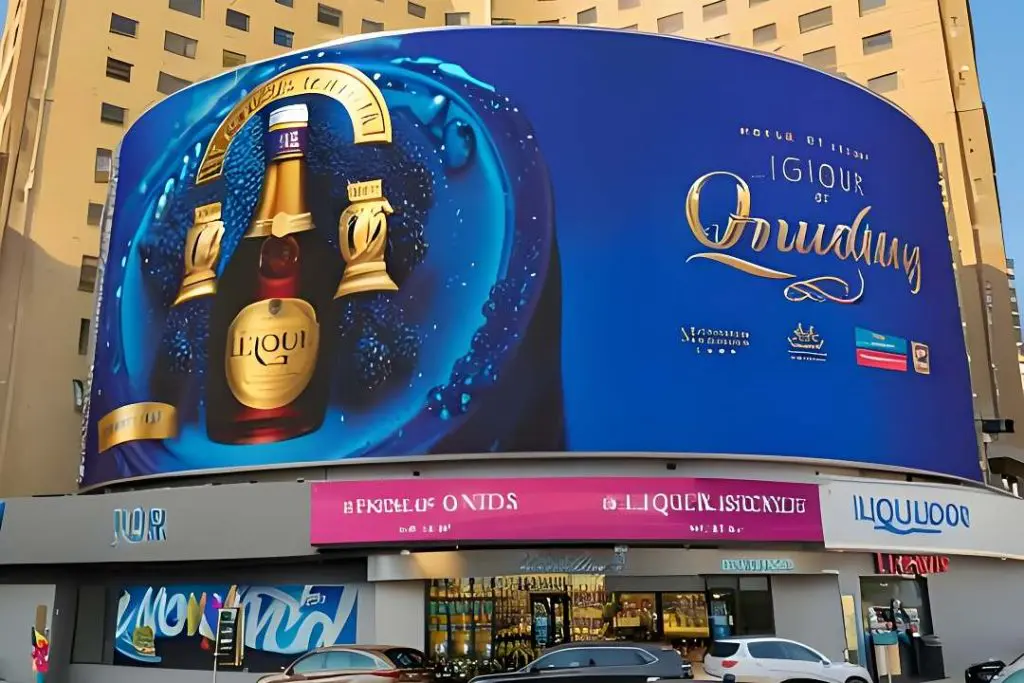
Curved LED screens are adaptable across industries, providing dynamic visual solutions:
- Entertainment and Events
- Concerts and Stages: Curved LED displays as backdrops for panoramic visuals, enhancing live performances.
- Trade Shows: Wraparound booths to draw crowds.
- Retail and Advertising
- Storefronts: Curved screens on shop windows for immersive product demos.
- Billboards: Outdoor flexible curved screens for eye-catching ads on buildings.
- Architecture and Interior Design
- Building Facades: Integrate into curved structures for artistic lighting.
- Lobbies: Decorative displays in hotels or offices for welcoming atmospheres.
- Sports and Stadiums
- Arenas: Perimeter screens for 360° fan engagement with scores and replays.
- Training Facilities: Immersive simulations for athletes.
- Transportation and Public Spaces
- Airports: Curved info boards for flight updates.
- Museums: Interactive exhibits blending digital and physical elements.
- Corporate and Education
- Conference Rooms: Curved LED screens for panoramic presentations.
- Classrooms: Engaging educational content.
Case Study: The Sphere in Las Vegas uses massive curved LED screens for immersive shows, attracting millions and generating $100M+ in revenue annually.
Technical Specifications of Curved LED Screens
| Specification | Details |
|---|---|
| Pixel Pitch | P1.5–P10 for resolution flexibility. |
| Brightness | 1,000–10,000 nits (indoor/outdoor). |
| Refresh Rate | ≥3,840 Hz for smooth playback. |
| Curvature Radius | 1–10 meters, adjustable. |
| Viewing Angle | 140°–160°. |
| Weatherproof Rating | IP65+ for outdoor durability. |
| Power Consumption | 200–600 W/m². |
| Lifespan | 100,000+ hours. |
| Weight | 10–20 kg/m² (lightweight for easy install). |
Factors to Consider When Choosing a Curved LED Screen
- Environment: Indoor (lower brightness) vs. outdoor (high nits and IP rating).
- Pixel Pitch: Finer for close-up (P1.5–P3); coarser for distance (P6–P10).
- Curvature Needs: Fixed vs. flexible curved screens for adaptability.
- Size and Resolution: Match to space and content (e.g., 4K for videos).
- Budget: Balance upfront costs with long-term savings.
- Installation and Maintenance: Opt for modular designs with remote support.
Costs of Curved LED Screens
Costs vary by size, pitch, and features (2023 estimates):
- Per Square Meter: $800–$3,000 (P1.5 high-end; P10 budget).
- Example Setups:
- Small (10 m², P2.5 indoor): $10,000–$20,000.
- Medium (50 m², P4 outdoor): $50,000–$100,000.
- Large (100 m², P6 stadium): $150,000–$300,000+.
Additional: Installation ($5,000–$20,000), content system ($2,000–$10,000). ROI typically within 1-2 years via engagement.
| Screen Size | Pixel Pitch | Use Case | Estimated Cost (USD) |
|---|---|---|---|
| 10 m² | P2.5 | Retail display | $10,000–$20,000 |
| 50 m² | P4 | Event stage | $50,000–$100,000 |
| 100 m² | P6 | Stadium | $150,000–$300,000+ |
Future Trends in Curved LED Screens
- Micro-LED Integration: Finer pitches for ultra-HD curves.
- AI-Enhanced Content: Automated optimization for viewer preferences.
- Sustainability: Eco-friendly materials with lower energy use.
- AR/VR Compatibility: Hybrid displays for immersive realities.
- Flexible Innovations: Thinner, more bendable panels for wearables.

